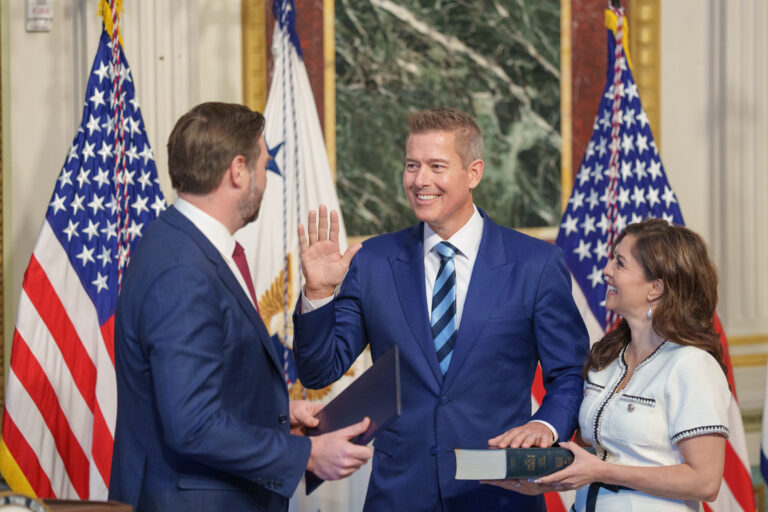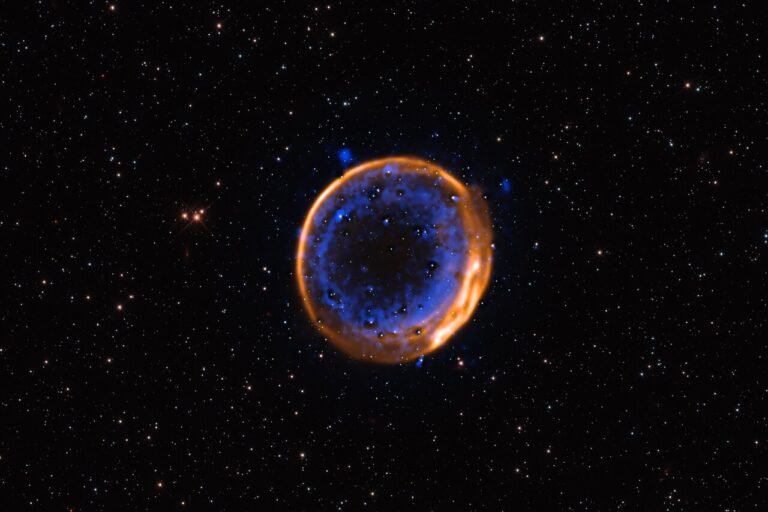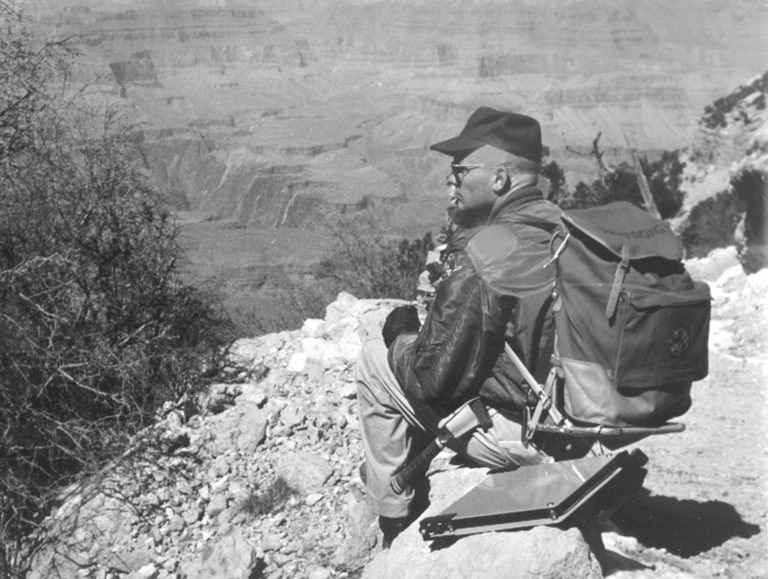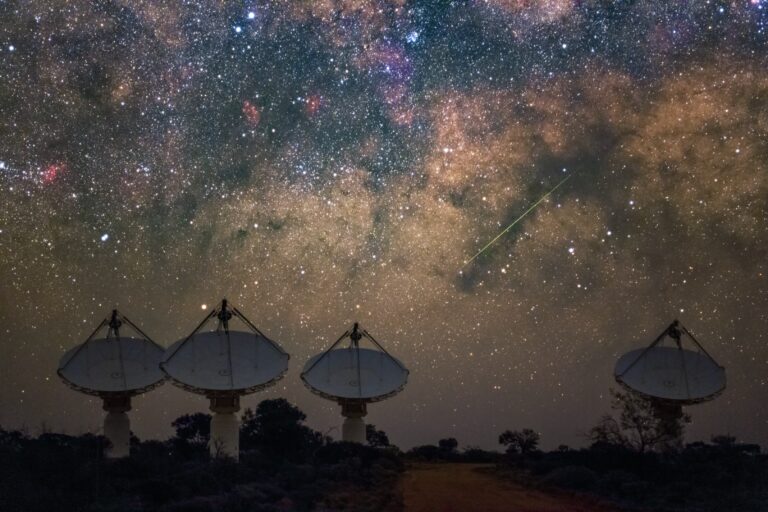
Key Takeaways:
WAUKESHA, Wis. — On March 6, 2009, a United Launch Delta II rocket shot into the night sky carrying a modest setup of 42 CCD detector arrays and a 1-meter telescope. This spacecraft had a simple mission: to spot variations in the intensity of starlight. So why, then, did scientists have such high hopes for this space telescope? Because spotting those variations might just help them find planets like Earth.
In “The Kepler spacecraft’s search for other worlds,” author C. Renée James explains the mission’s successes since launch, explores its goals for the future, and looks back at how the telescope’s namesake, 17th-century astronomer Johannes Kepler, helped make the search possible centuries later.
With the help of famed astronomer Tycho Brache’s observations, Johannes Kepler spent years trying to understand mathematically the planetary orbits in our solar system. “All in all,” James writes, “Kepler endured nearly 17 years of computational stops and starts, political turmoil, … legal fights over the late Brahe’s data, and funding struggles to arrive at three simple statements that every introductory astronomy student now dutifully memorizes.”
The spacecraft has likewise faced many challenges from inception to launch. But in only its first 43 days of observing, the Kepler team has already found 306 exoplanet candidates. And it’s still expecting to uncover hundreds, if not thousands, more and hopefully having as much success as its namesake in the months and years to come.
To learn more about both the scientist and the spacecraft, pick up the November issue of Astronomy, on newsstands October 5.
“Cassini’s top 10 Saturn system discoveries”
Saturn’s majestic rings make it one of the most popular planets with amateur astronomers. And the planet’s unique characteristics and large family of diverse moons makes it popular with scientists. Because of this, lots of attention and high expectations has surrounded the Cassini spacecraft mission to the ringed world. Fortunately, the orbiter has gone beyond all hopes, and its accomplishments are numerous. In “Cassini’s top 10 Saturn system discoveries,” author Rosaly Lopes, the Cassini Radar’s investigation scientist, details some of the more notable triumphs and what scientists hope the spacecraft will achieve in its second extended phase.
“Astronomy mythbusters”
Have you heard that the world will end December, 21, 2012, or that Mars will look as big as the Full Moon next August? So have the editors at Astronomy — too many times. To help our readers put some of astronomy’s most evasive myths to rest, Senior Editor Richard Talcott wrote “Astronomy mythbusters.” In the article, he explains the background of 10 tall tales and then gives the facts to help readers bring their friends and family back to reality.
November night-sky events visible without optical aid
All month: Comet 103P/Hartley should glow bright enough in the rough confines of the Winter Triangle to glimpse with naked eyes from a dark site.
Mid-November: Saturn and Venus rise out of the morning twilight.
November 17: The Leonid meteor shower peaks, although a waxing gibbous Moon makes conditions less than ideal.
November 20: Mercury passes 1.7° south of Mars in the evening sky, the two planets’ closest approach of 2010.
Also in the November 2010 Astronomy
- “Illustrated: The biggest eyes on the sky” — Nearly 50 giant telescopes probe the cosmos from Earth’s surface. This two-page poster gives the details on them all.
- “Tour the Local Group of galaxies” — Grab your telescope and look for these 16 often overlooked members of our galaxy’s neighborhood.
- “10 things to do on a cloudy night” — If the weather ruins your observing plans, you can still improve your techniques, re-evaluate your equipment, and prep for the next clear night.
- “Darkness over Easter Island” — All total solar eclipses are dramatic, but our setting for the July 11, 2010, event vaulted it to the top of the list.
- “Totality washes over the South Seas” — A cruise through French Polynesia proved the perfect prelude to July’s total solar eclipse.
- “Orion’s wide-field imaging dream scope” — With this 8-inch f/4 astrograph, you can produce superb deep-sky images.
- “The Sky this Month” — Exclusive pullout star charts will guide you through November’s night sky.
- The November issue of Astronomy also includes Astro News, Bob Berman’s Strange Universe, Glenn Chaple’s Observing Basics, David Levy’s Evening Stars, Stephen James O’Meara’s Secret Sky, Ask Astro, Deep-sky Showcase, The Cosmic Grid, New Products, and Reader Gallery.









